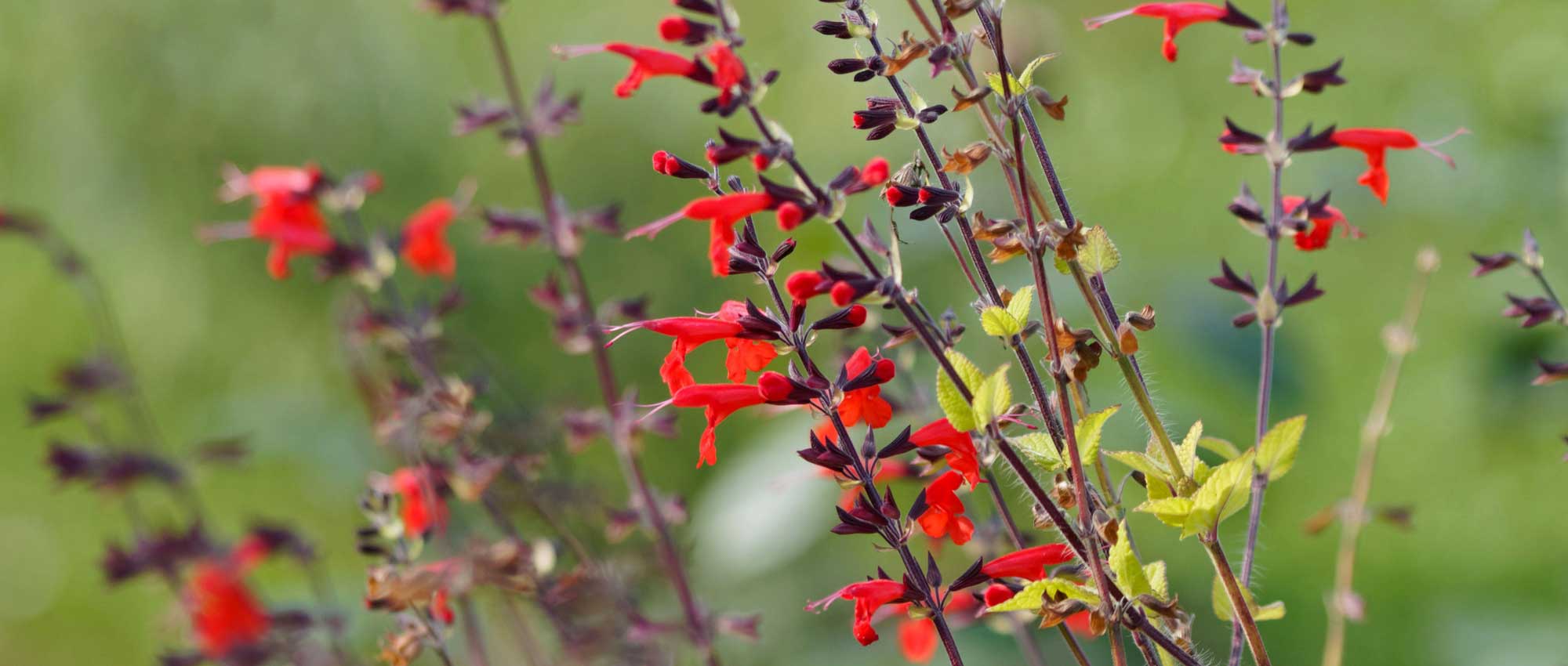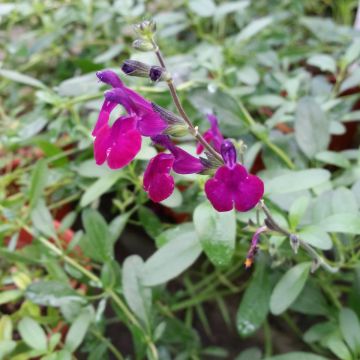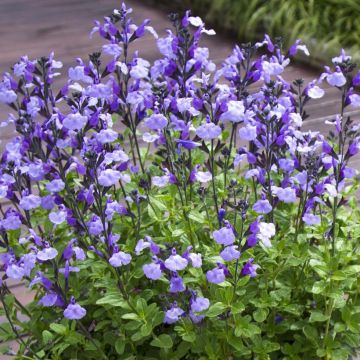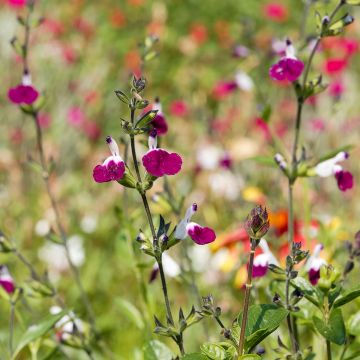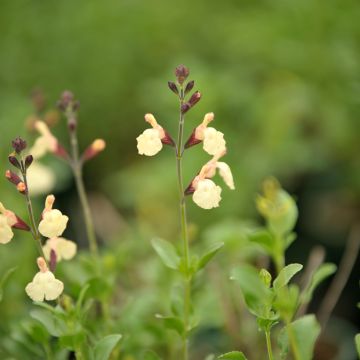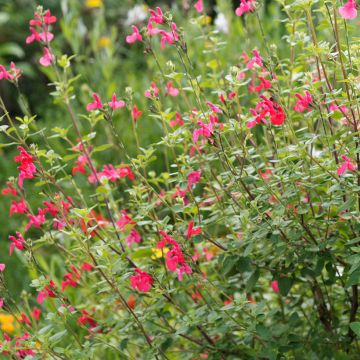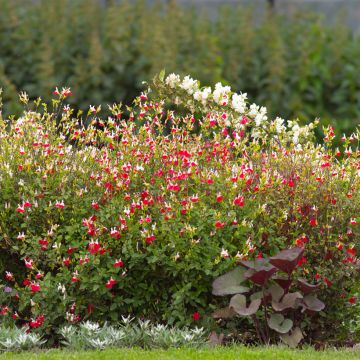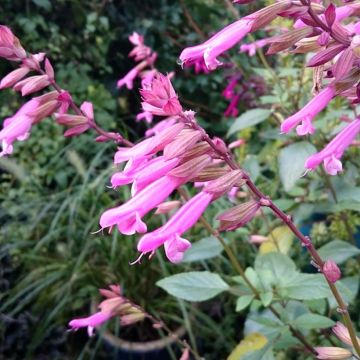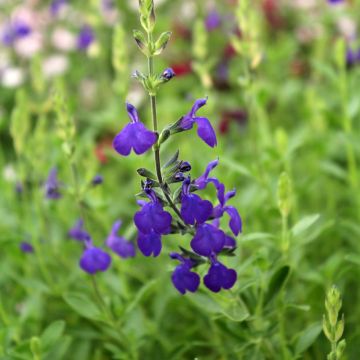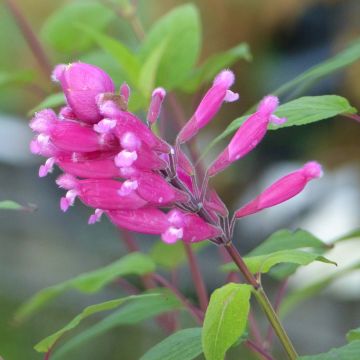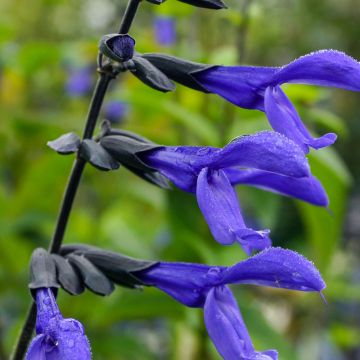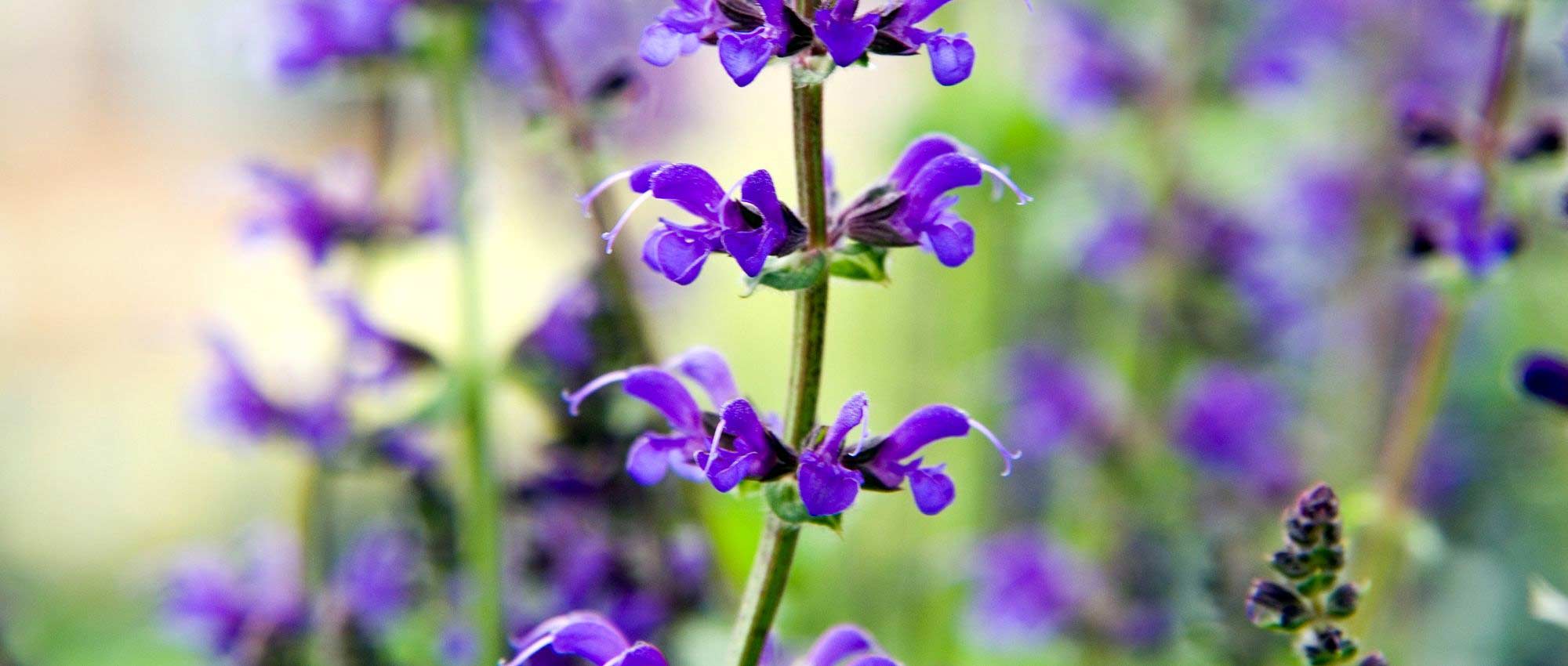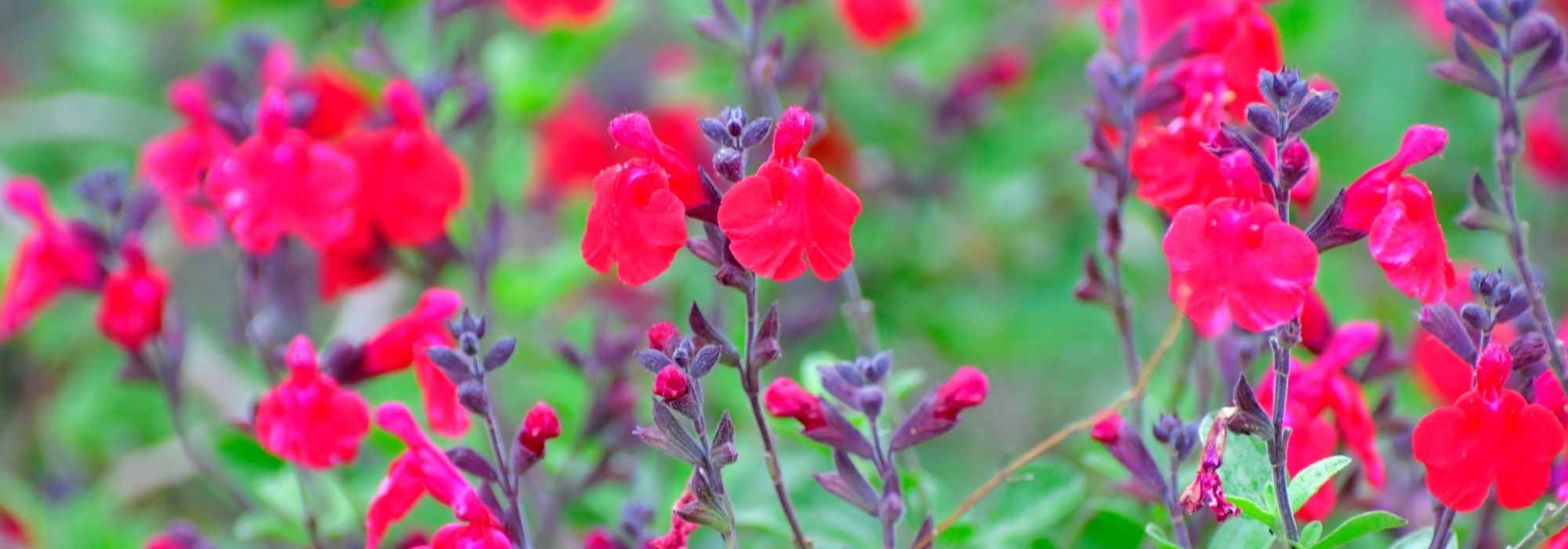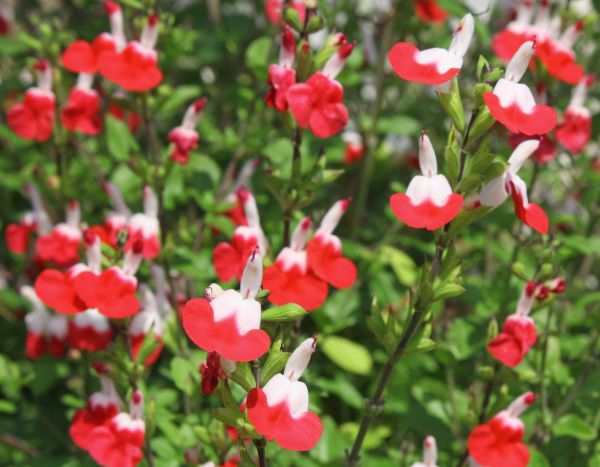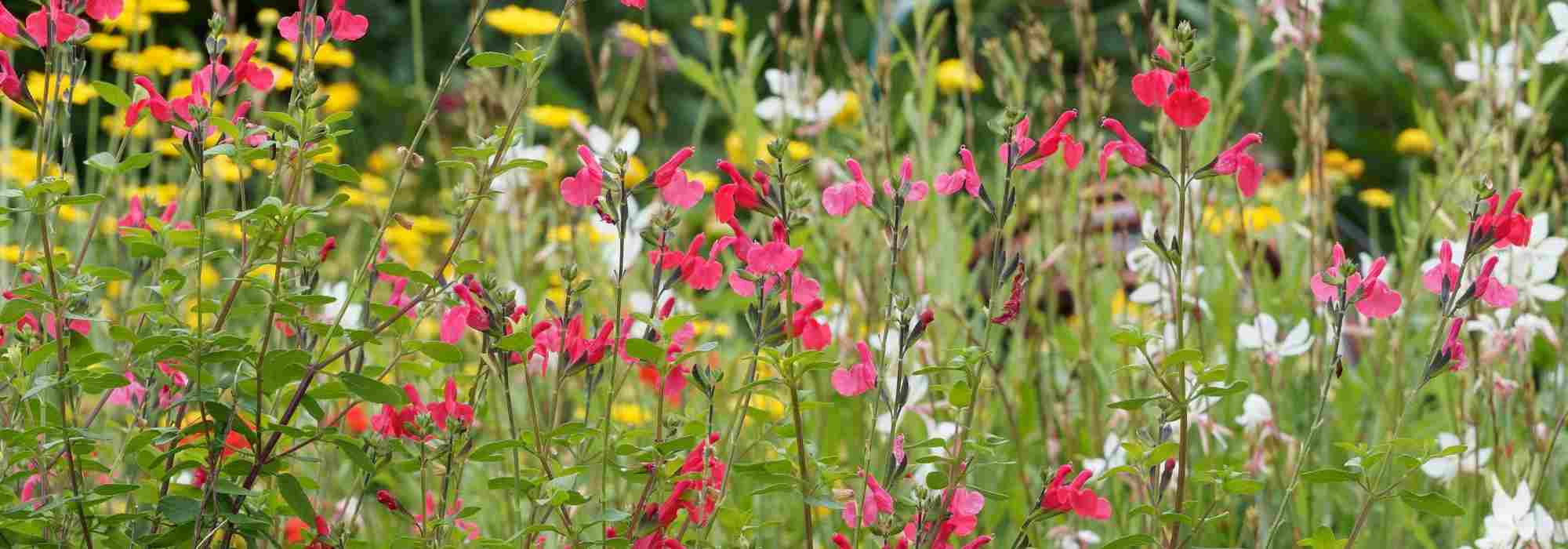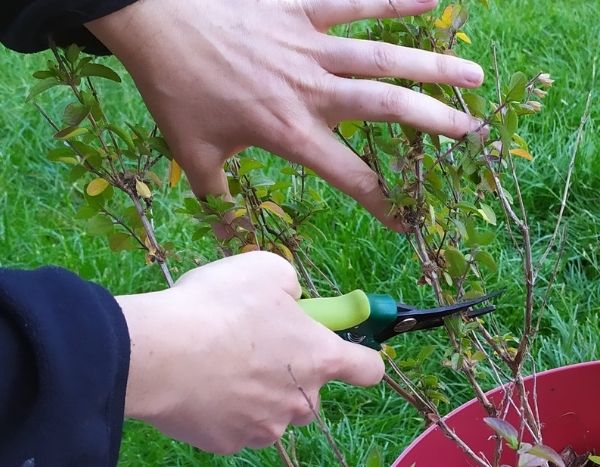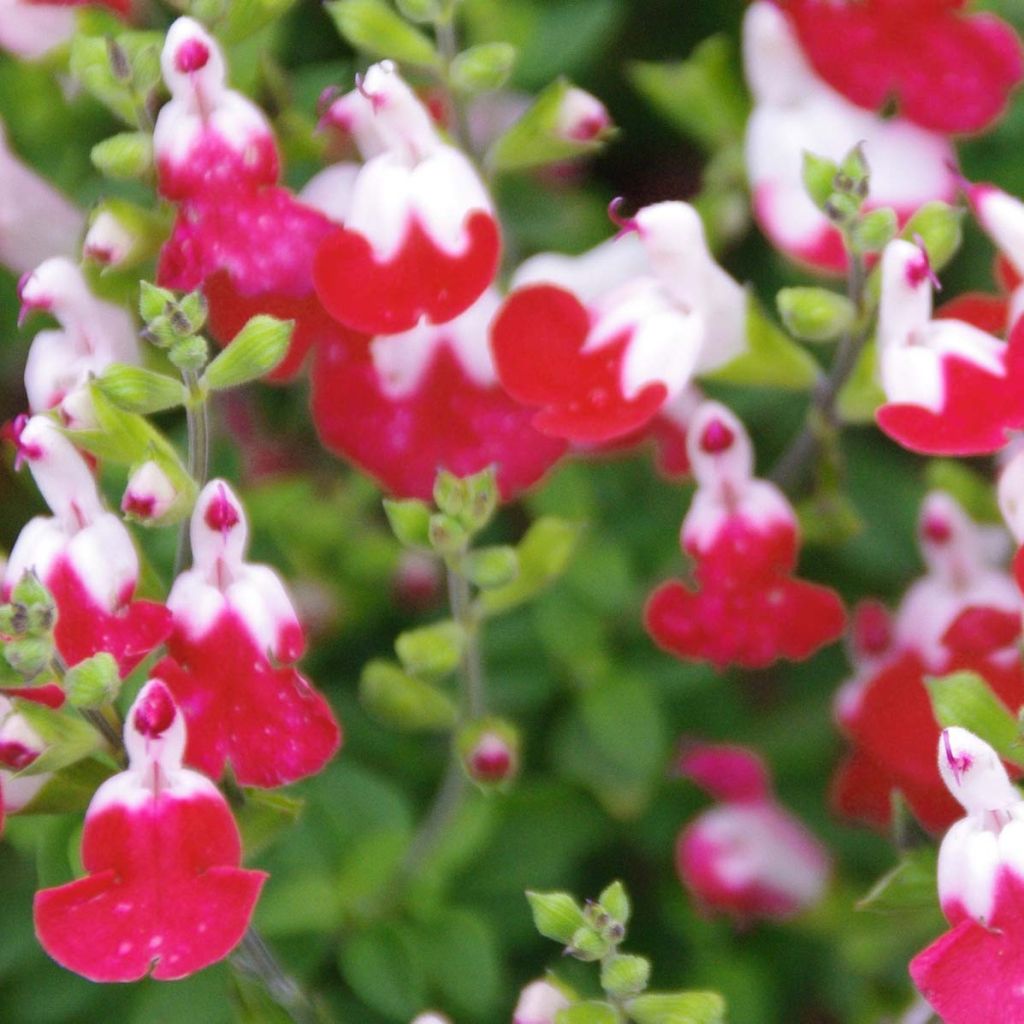

Salvia microphylla Little Kiss - sauge arbustive
Salvia microphylla Little Kiss
Salvia microphylla Little Kiss
Sage
Unfortunately, my salvias didn't come back this spring, too much moisture perhaps?
Étienne , 13/04/2024
Special offer!
Receive a €20 voucher for any order over €90 (excluding delivery costs, credit notes, and plastic-free options)!
1- Add your favorite plants to your cart.
2- Once you have reached €90, confirm your order (you can even choose the delivery date!).
3- As soon as your order is shipped, you will receive an email containing your voucher code, valid for 3 months (90 days).
Your voucher is unique and can only be used once, for any order with a minimum value of €20, excluding delivery costs.
Can be combined with other current offers, non-divisible and non-refundable.
Home or relay delivery (depending on size and destination)
Schedule delivery date,
and select date in basket
This plant carries a 12 months recovery warranty
More information
We guarantee the quality of our plants for a full growing cycle, and will replace at our expense any plant that fails to recover under normal climatic and planting conditions.
Does this plant fit my garden?
Set up your Plantfit profile →
Description
Salvia microphylla 'Little Kiss' is a compact shrubby sage with bicoloured red and white flowers from late spring to autumn. Its dense habit and small semi-evergreen aromatic leaves make it a valuable ally for sunny and warm terraces and gardens. Only moderately frost-hardy, it will need protection in cold regions.
The small-leaved sage 'Little Kiss' belongs to the large family of Lamiaceae, which offers the gardener numerous aromatic and ornamental plants (thyme, rosemary, catmint, agastache, etc.). This variety comes from a group of salvias native to the mountains of Central America, which gives them a reasonable hardiness of about -10°C (14°F). These salvias are woody: their stems harden and form wood, which will however be damaged by severe frost, especially in cold climates. The foliage is semi-evergreen in mild climates, small and ovate, and deliciously aromatic, with hints of mint and lemon. This fragrance is particularly pronounced in hot and dry weather, and the essential oils often make the leaves slightly sticky.
Between May and October (or even later), 'Little Kiss' sage produces numerous small two-lipped flowers in sparkling red and white which is attractive to bees. Its habit is compact: it will reach about 45 cm (18in) in height and 60 cm (24in) in width.
The origins of 'Little Kiss' shrubby sage make it a plant well suited to sunny, dry, chalky, and rocky soils (even limestone), but moderately frost hardy: it will grow without problems in mild and warm climates, but will require winter protection if the temperatures frequently drop below -10°C. In this case, grow it in containers and bring it indoors as soon as frost is forecast. If you want to plant it outdoors in cold regions, make sure to provide it with a well-protected location, sheltered from cold winds. You can also mulch its base, but be careful not to choose a material that retains too much moisture: use a mineral mulch like gravel, as excessive winter moisture would be fatal to it. If the summer is very dry, 'Little Kiss' sage may occasionally need watering to support its flowering, always taking care not to excessively wet its base. You can prune it back in late winter to make the plant denser but not before the last frost has passed.
Perfect in rock gardens, dry borders, and containers, this sage will form beautiful combinations with other shrubby salvias such as 'Raspberry Royal', 'Blue Note', or 'Hot Lips', which resembles it but in a larger size. You can also place a ground cover of dry soil such as 'Flashing Light' delta dianthus, Erodium chrysanthum, or 'Weisser Zwerg' Iberis at its base for colourful borders or containers throughout much of the year.
Salvia microphylla Little Kiss in pictures
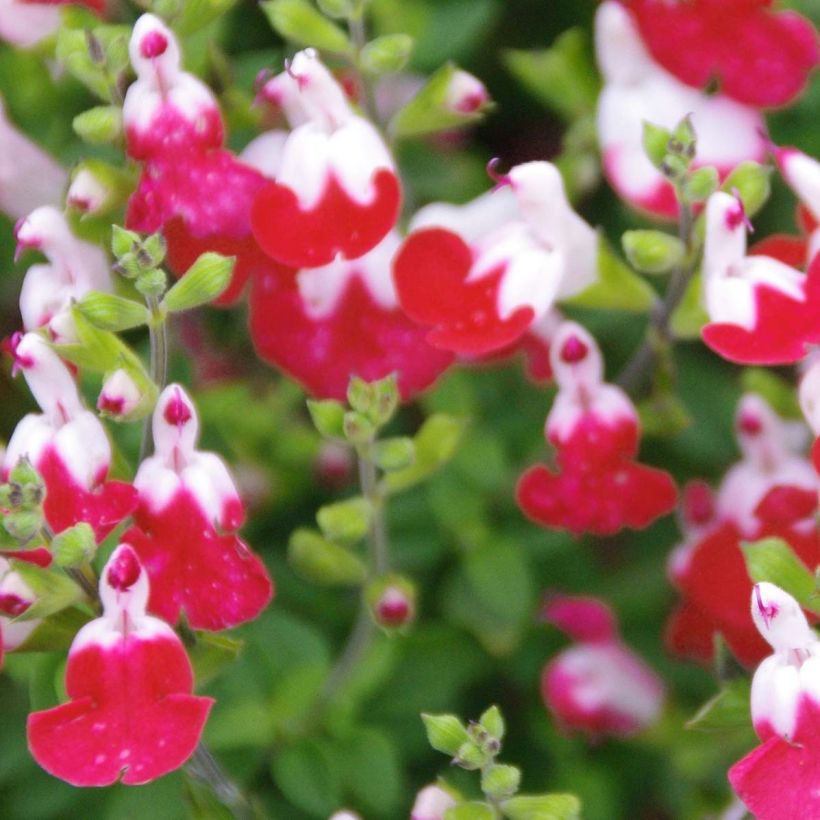

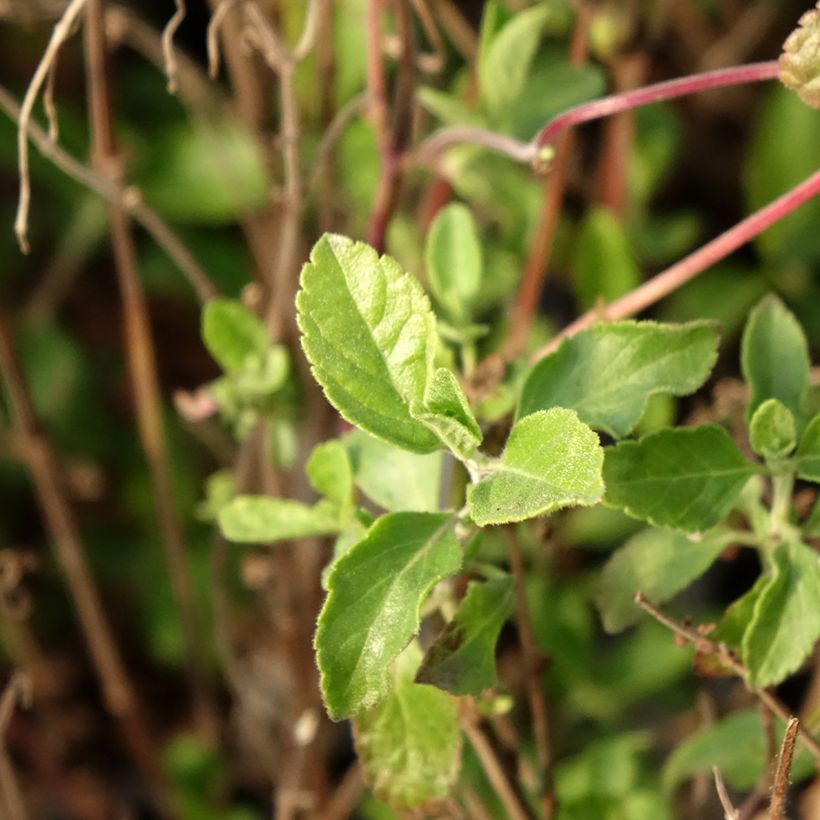

Flowering
Foliage
Plant habit
Botanical data
Salvia
microphylla
Little Kiss
Lamiaceae
Sage
Cultivar or hybrid
Other Salvia - Bushy Sage
View all →Planting and care
Plant Salvia microphylla 'Little Kiss' after spring frosts in a cold climate, in September-October in a warm climate, in a light, ordinary, porous, rocky soil, even limestone, but not too poor to support its flowering. This plant prefers sunny situations or partial shade in a warm climate. It requires regular watering in autumn and spring if the weather is very dry, in order to flower abundantly. In very poor soil, incorporate a little well-rotted compost or leaf mold. Mulch it in winter, in the coldest regions, and protect it from the cold as much as possible. Install it in the warmest corner of the garden, in full sun against a south-facing wall, in a rocky or sandy slope, or any substrate that does not retain moisture, which would be fatal to it in winter. Under these conditions, it can withstand short frosts of around -10/-12°C (14/10.4°F). It thrives when grown in a pot, allowing gardeners to store it away in winter.
This sage has no specific enemies or diseases.
Planting period
Intended location
Care
Planting & care advice
-
, onOrder confirmed
Reply from on Promesse de fleurs
Haven't found what you were looking for?
Hardiness is the lowest winter temperature a plant can endure without suffering serious damage or even dying. However, hardiness is affected by location (a sheltered area, such as a patio), protection (winter cover) and soil type (hardiness is improved by well-drained soil).

Photo Sharing Terms & Conditions
In order to encourage gardeners to interact and share their experiences, Promesse de fleurs offers various media enabling content to be uploaded onto its Site - in particular via the ‘Photo sharing’ module.
The User agrees to refrain from:
- Posting any content that is illegal, prejudicial, insulting, racist, inciteful to hatred, revisionist, contrary to public decency, that infringes on privacy or on the privacy rights of third parties, in particular the publicity rights of persons and goods, intellectual property rights, or the right to privacy.
- Submitting content on behalf of a third party;
- Impersonate the identity of a third party and/or publish any personal information about a third party;
In general, the User undertakes to refrain from any unethical behaviour.
All Content (in particular text, comments, files, images, photos, videos, creative works, etc.), which may be subject to property or intellectual property rights, image or other private rights, shall remain the property of the User, subject to the limited rights granted by the terms of the licence granted by Promesse de fleurs as stated below. Users are at liberty to publish or not to publish such Content on the Site, notably via the ‘Photo Sharing’ facility, and accept that this Content shall be made public and freely accessible, notably on the Internet.
Users further acknowledge, undertake to have ,and guarantee that they hold all necessary rights and permissions to publish such material on the Site, in particular with regard to the legislation in force pertaining to any privacy, property, intellectual property, image, or contractual rights, or rights of any other nature. By publishing such Content on the Site, Users acknowledge accepting full liability as publishers of the Content within the meaning of the law, and grant Promesse de fleurs, free of charge, an inclusive, worldwide licence for the said Content for the entire duration of its publication, including all reproduction, representation, up/downloading, displaying, performing, transmission, and storage rights.
Users also grant permission for their name to be linked to the Content and accept that this link may not always be made available.
By engaging in posting material, Users consent to their Content becoming automatically accessible on the Internet, in particular on other sites and/or blogs and/or web pages of the Promesse de fleurs site, including in particular social pages and the Promesse de fleurs catalogue.
Users may secure the removal of entrusted content free of charge by issuing a simple request via our contact form.
The flowering period indicated on our website applies to countries and regions located in USDA zone 8 (France, the United Kingdom, Ireland, the Netherlands, etc.)
It will vary according to where you live:
- In zones 9 to 10 (Italy, Spain, Greece, etc.), flowering will occur about 2 to 4 weeks earlier.
- In zones 6 to 7 (Germany, Poland, Slovenia, and lower mountainous regions), flowering will be delayed by 2 to 3 weeks.
- In zone 5 (Central Europe, Scandinavia), blooming will be delayed by 3 to 5 weeks.
In temperate climates, pruning of spring-flowering shrubs (forsythia, spireas, etc.) should be done just after flowering.
Pruning of summer-flowering shrubs (Indian Lilac, Perovskia, etc.) can be done in winter or spring.
In cold regions as well as with frost-sensitive plants, avoid pruning too early when severe frosts may still occur.
The planting period indicated on our website applies to countries and regions located in USDA zone 8 (France, United Kingdom, Ireland, Netherlands).
It will vary according to where you live:
- In Mediterranean zones (Marseille, Madrid, Milan, etc.), autumn and winter are the best planting periods.
- In continental zones (Strasbourg, Munich, Vienna, etc.), delay planting by 2 to 3 weeks in spring and bring it forward by 2 to 4 weeks in autumn.
- In mountainous regions (the Alps, Pyrenees, Carpathians, etc.), it is best to plant in late spring (May-June) or late summer (August-September).
The harvesting period indicated on our website applies to countries and regions in USDA zone 8 (France, England, Ireland, the Netherlands).
In colder areas (Scandinavia, Poland, Austria...) fruit and vegetable harvests are likely to be delayed by 3-4 weeks.
In warmer areas (Italy, Spain, Greece, etc.), harvesting will probably take place earlier, depending on weather conditions.
The sowing periods indicated on our website apply to countries and regions within USDA Zone 8 (France, UK, Ireland, Netherlands).
In colder areas (Scandinavia, Poland, Austria...), delay any outdoor sowing by 3-4 weeks, or sow under glass.
In warmer climes (Italy, Spain, Greece, etc.), bring outdoor sowing forward by a few weeks.






























